I moved to New York City from Canada around 10 years ago, and became a vegetarian soon after. The hunt for a satisfying and affordable vegetarian lunch was officially on.
Now most people know that in a New York deli there is a lotta everything under the sun.
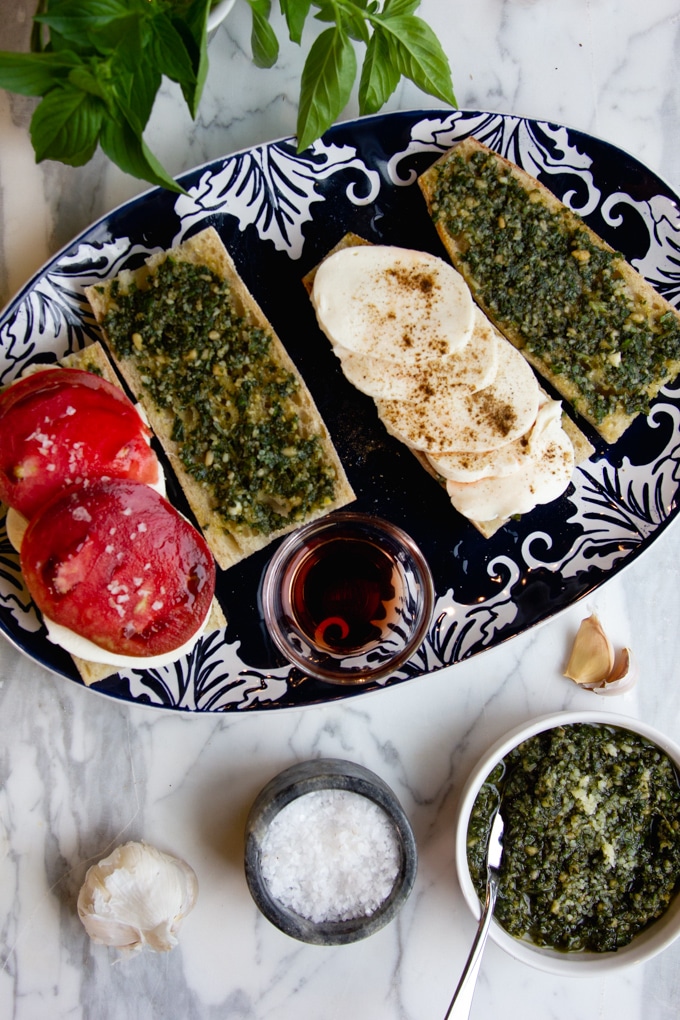
Walk into any establishment, and you’ve got seemingly endless trays of hot food and salads, New York-style pastrami, bagels, baked pretzels, chicken soup, corned beef, and cheesecakes topped with cherry compote.
However, amid the land of plenty, usually ensconced behind thick glass in a refrigerated display case, is the caprese sandwich, its fresh ingredients shining like a precious jewel.
This is the sandwich vegetarians can always count on. It is simple, yet so tasty, and I have to say that New Yorkers know how to make the caprese great!
It’s the generous portions of immensely satisfying fresh mozzarella, tangy tomato slices, and fresh basil leaves (always welcome in a concrete jungle), on a crusty, fragrant roll that makes the caprese sandwich so satisfying.
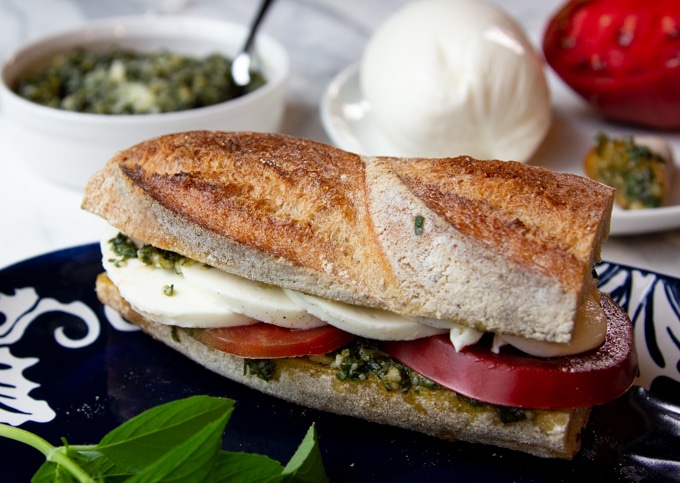
Oh, and how New York knows its bread!
As a final touch (a la Andrea), I usually ask the deli cook to add in a splash of red wine vinegar and tabasco sauce to dial up the flavor of the caprese.
Finally, this vegetarian is wholly satisfied.
Well … actually, this is a New York lunch, so maybe go for a bag of salty potato chips on the side and a blondie for dessert?
This is a deli after all.
The Caprese Is From Italy; Italians In New York
The caprese is named after the Italian island of Capri, located in the Tyrrhenian Sea, to the west of Italy’s Campania region, with a history that traces back to the ancient Greeks.
One can only imagine the tropical confluence of ripe tomatoes, basil, and fresh milk—available year-round in the mediterranean—inspiring the invention of the caprese.
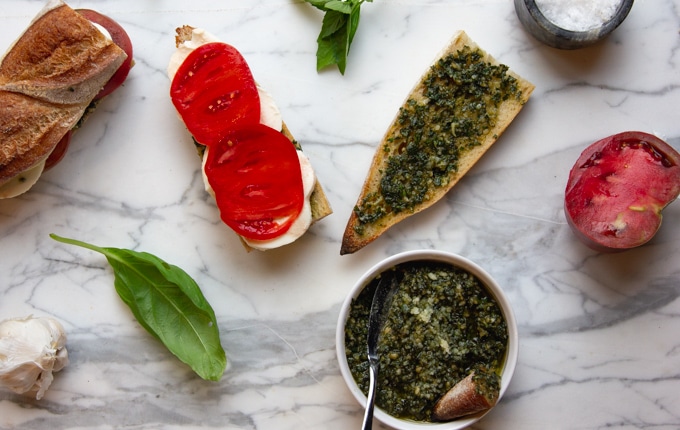
The caprese was likely first envisioned as a salad.
A caprese salad is simply the sandwich without the bread. A salad is typically made of interwoven layers of tomato and fresh mozzarella garnished with extra virgin olive oil and fresh basil leaves.
The caprese is also associated with colors that mirror those of the Italian flag: green basil, white mozzarella, and red tomato.
Thus, the caprese is sometimes called “insalata tricolore” or the three colored salad.
Now that we’ve established the heritage of the caprese, you should know that it is no accident the caprese sandwich is ubiquitous in NYC.
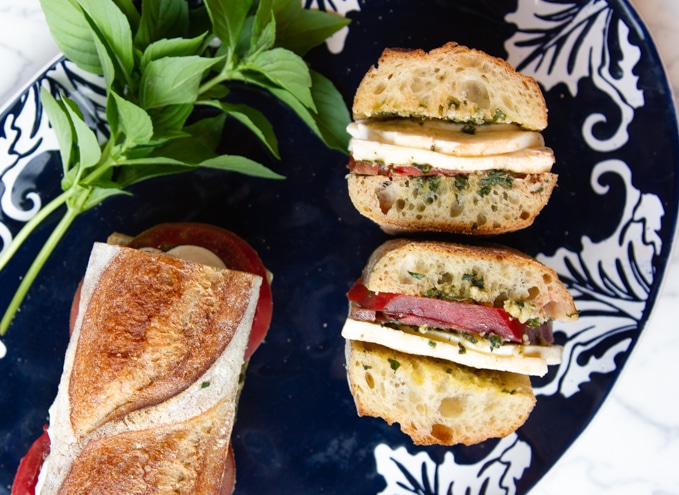
The reason? New York has the largest population of Italian Americans in America, and the city is home to the third largest Italian population outside of Italy (behind São Paulo, Brazil and Buenos Aires, Argentina).
Imagine, in 1930 New York, Italians represented 30 percent of the population.
So the Big Apple is steeped in Italian culture, whether we are aware of it or not. Hmmm. New York-style pizza anyone?
Fresh Mozzarella Makes The Caprese Sandwich
I don’t think it was until I moved to New York that I really got to know fresh mozzarella.
The reason is that it just so happens that fresh mozzarella, tomatoes, and basil are also commonly found on New York pizza slices.
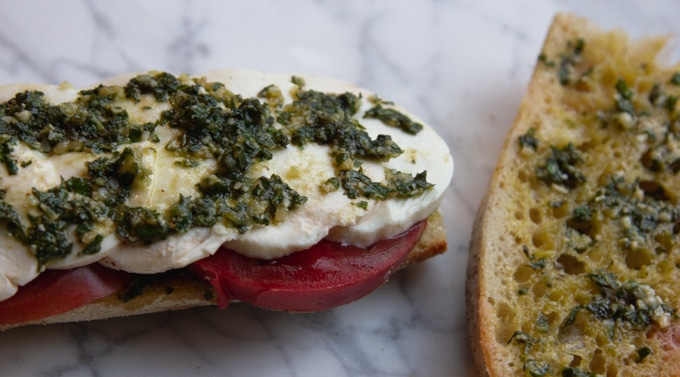
White blankets of mozzarella shine on pizza slices all over the city, often adorned with wilted, blackened basil leaves (from the heat lamps).
Again, as a vegetarian, one is amazed by the simple wonder of this white cheese that keeps it shape rather than melting in the oven.
But what exactly is fresh mozzarella?
You can actually make it at home in just a few minutes. The process involves using heat and acid to separate the curds from the whey of milk, corralling the milk proteins together using rennet, and pulling and stretching the cheese into a ball as the last step.
Watch the INCREDIBLE video below for more details.
Recently I understood that fresh mozzarella is considered a fresh cheese (versus hard cheeses like cheddar), and fresh cheeses are infinitely easier to digest than hard cheeses.
This wisdom comes from the ancient Indian science of life known as Ayurveda.
Why this is important is because it explains to me why I love the caprese sandwich so much.
Despite all that satisfying cheesy goodness, it still feels good to eat it.
Fresh Basil Or Basil Pesto?
Whether you use fresh basil or basil pesto is entirely up to you.
I recently published an incredible recipe for basil pesto that you can refer to, or you can always purchase basil pesto.
The great thing about basil pesto is that it helps to preserve fresh basil a little longer.
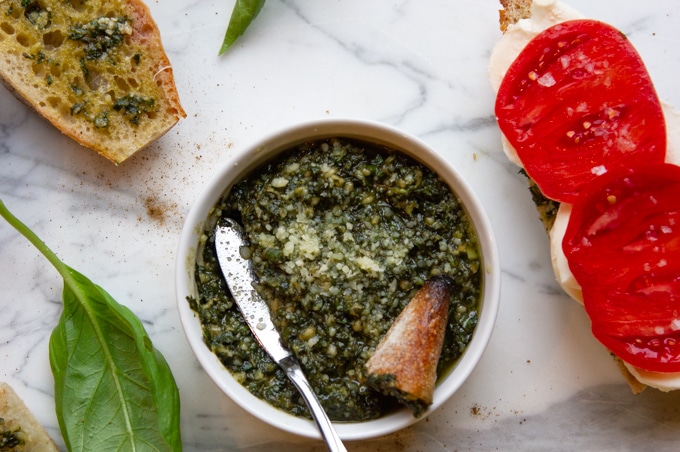
If you use fresh basil in your caprese sandwich, I would also drizzle some good extra virgin olive oil onto the bread for moisture.
Store your unused basil in water like fresh cut flowers. Do not put it in the fridge.
Fresh basil is more the traditional way of making a caprese sandwich.
RECOMMENDED FOR YOU:
Tofu on Sourdough Lunch Menu —READ MORE
The Buttered Veg Caprese Sandwich Variation
I like to add to the caprese sandwich a bit of red wine vinegar and something spicy, like tabasco sauce.
I find these additions really heighten the flavors and make the sandwich more digestible.
Vinegar and spice helps to cut through the richness of the cheese, pesto, and bread, and it really gets your digestive juices flowing.
If you are going to use just one of these, choose the red wine vinegar.
Trust me. The caprese sandwich is amazing!
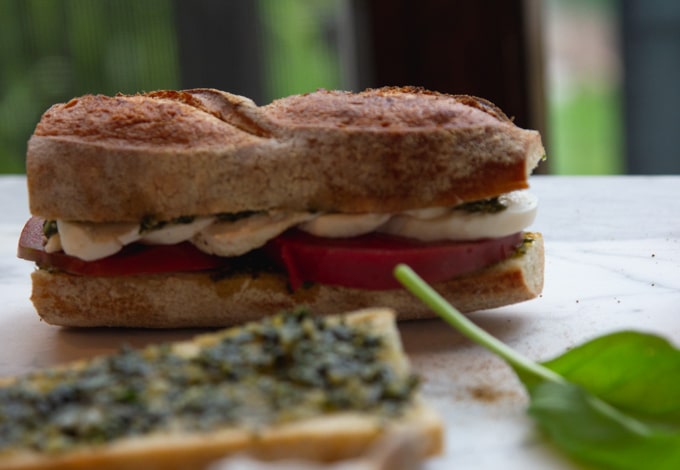

The Caprese Sandwich
Ingredients
- 1 baguette
- ¼ cup basil pesto,
(homemade or store-bought)
- 4 ounces fresh mozzarella
- 2 tomatoes
- 2 tablespoons red wine vinegar
- Himalayan pink salt, to taste
- freshly ground black pepper, to taste
- 1 teaspoon tabasco sauce, (optional)
- basil leaves, (optional)
Instructions
- Cut baguette into two six-inch lengths and then slice each length in half. You should have 4 pieces. Two tops and two bottoms.
- Spread basil pesto on the tops and bottoms. Slice the fresh mozzarella and layer it onto the bottoms of the bread. Slice tomatoes and layer on top of the mozzarella. Drizzle red wine vinegar over the tomatoes. Sprinkle on some salt and pepper, and then close the sandwich with the other bread.
Notes
Nutrition
If you liked this post, please share it with your friends on social media, or leave a comment below.
For more Buttered Veg lifestyle content, follow me on Pinterest, Facebook, Instagram, and Twitter.
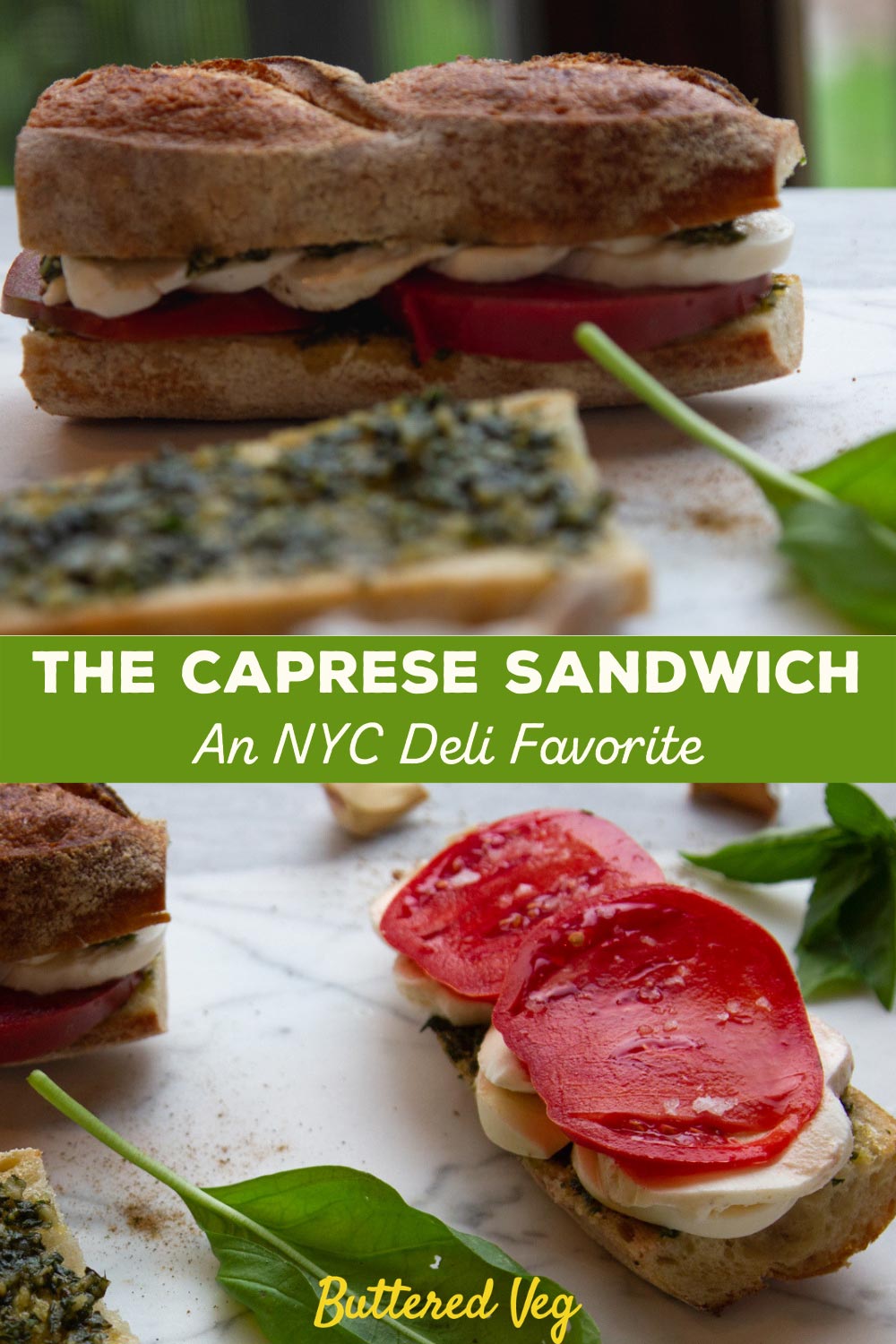

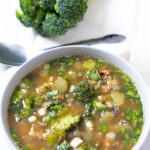


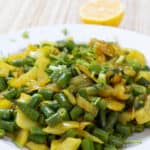




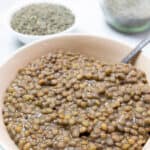
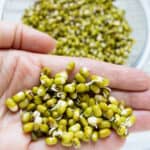
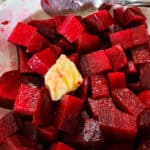

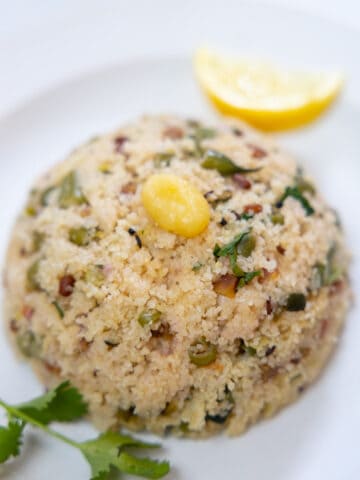
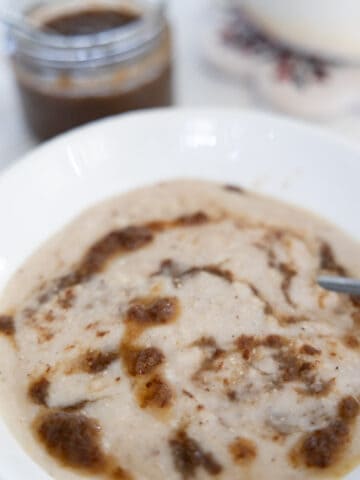
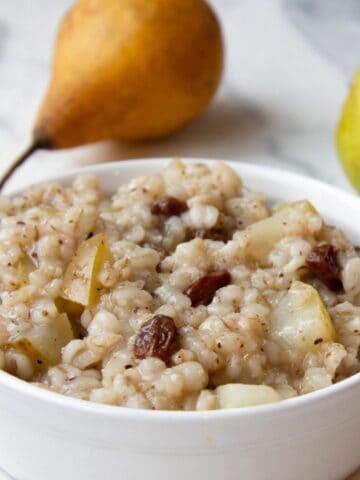

Leave a Reply